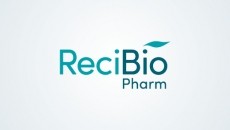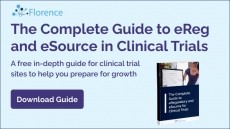WHO tuberculosis guidelines expanded to include Roche diagnostics

According to the World Health Organization (WHO), tuberculosis causes approximately 1.4m deaths around the world, hitting impoverished people the hardest. What’s more, increasing resistance to available treatments and limited access to diagnostic tools and treatments further complicates the issue.
Roche has announced that WHO now includes its cobas MTB and cobas MTB-RIF/INH tests for use on the cobas 6800/8800 systems in the agency’s updated policy guidelines on nucleic acid amplification tests (NAATs) to detect tuberculosis (TB) and drug-resistant TB. The new WHO guidance increases the number of rapid molecular tests available to national TB programs in countries facing a high number of cases, enabling multi-partner diagnostic approaches.
The WHO estimates about 1.7b people live with TB, with about 10m new cases each year. Of those cases, approximately 29% of new infections are undiagnosed and untreated, possibly leading to further transmission. When drug-resistant TB (RR/MDR-TB) emerges, challenges increase, with only about 44% of impacted patients receiving a proper diagnosis. , the challenge is greater, with only 44% properly diagnosed. While TB is curable, economic conditions, marginalization, stigma, discrimination, and other factors serve as formidable barriers.
The updated WHO guidelines are aimed to help vulnerable countries increase early detection, diagnosis, and treatment of TB, and identify populations at the highest risk. The guidelines target 30 low- and middle-income countries (LMICs) bearing the greatest TB burden. These nations depend upon WHO to evaluate test performance and provide centralized testing guidance and diagnostic guidelines prior to the use of any TB test. The new guidance empowers LMICs to turn to donor funds for implementation and purchase of TB tests.
Thomas Schinecker, Roche Diagnostics CEO, said the guidelines and diagnostic options offer hope to countries and patients impacted by TB.
“Roche’s diagnostic solutions detect both TB and drug-resistant TB, enabling patients to be diagnosed earlier and treated with the appropriate regimen to stop the spread of the disease,” Schinecker said. “Roche plays a significant role in the fight against TB through our Global Access Program, which focuses on sustainable solutions that can help diagnose infections and save lives.”
The WHO’s End TB strategy strives to achieve a 90% overall reduction in the incidence of TB and a 95% reduction in TB deaths by 2035. The agency hopes the high-volume, multi-disease testing systems and innovative diagnostic tools can accelerate eradication and improve outcomes of TB patients.
Roche’s Global Access Program launched in 2014, aiming to increase access to HIV diagnostics. The company eventually partnered with national governments; local healthcare facilities; communities; and international agencies like UNAIDS, Clinton Health Access Initiative; Unitaid, the US President’s Emergency Plan for AIDS Relief (PEPFAR), Global Fund, and Center for Disease Control and Prevention (CDC) to set up programs that went beyond the diagnostic tests.



















